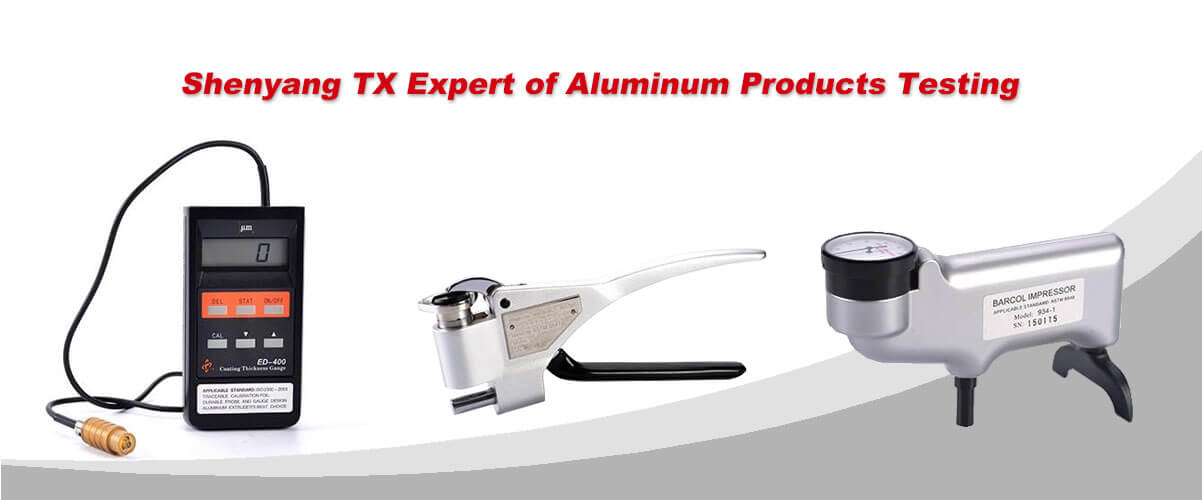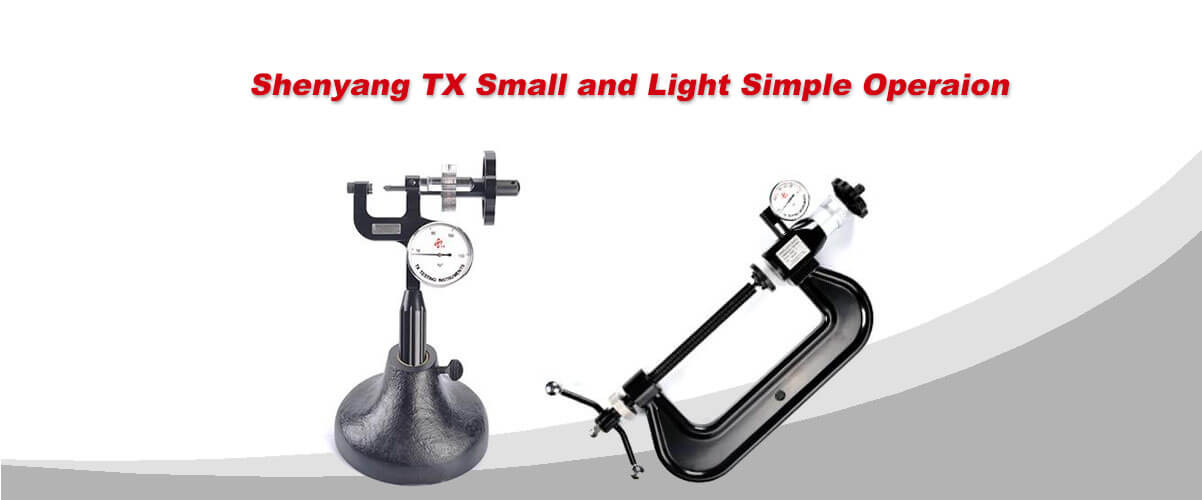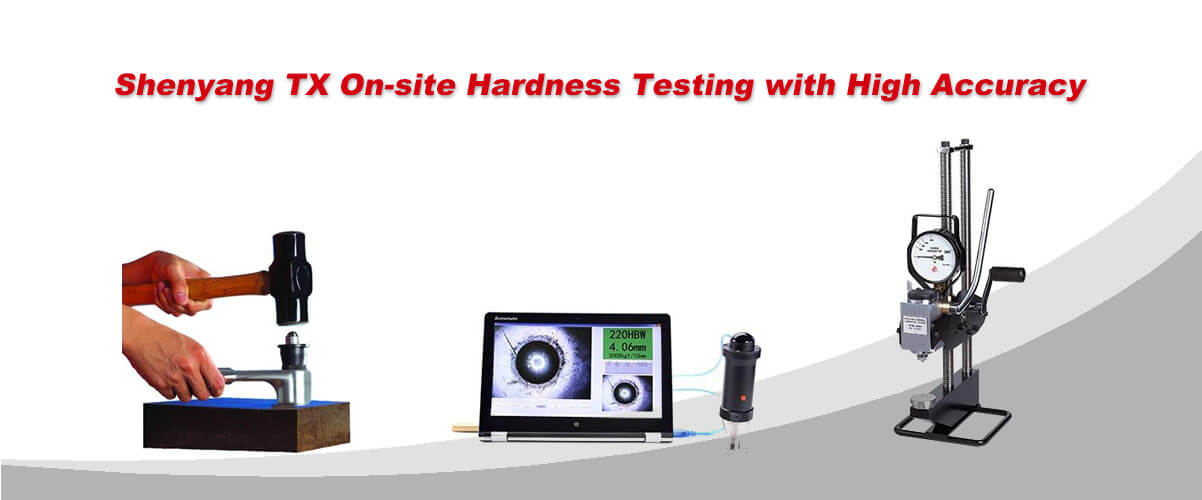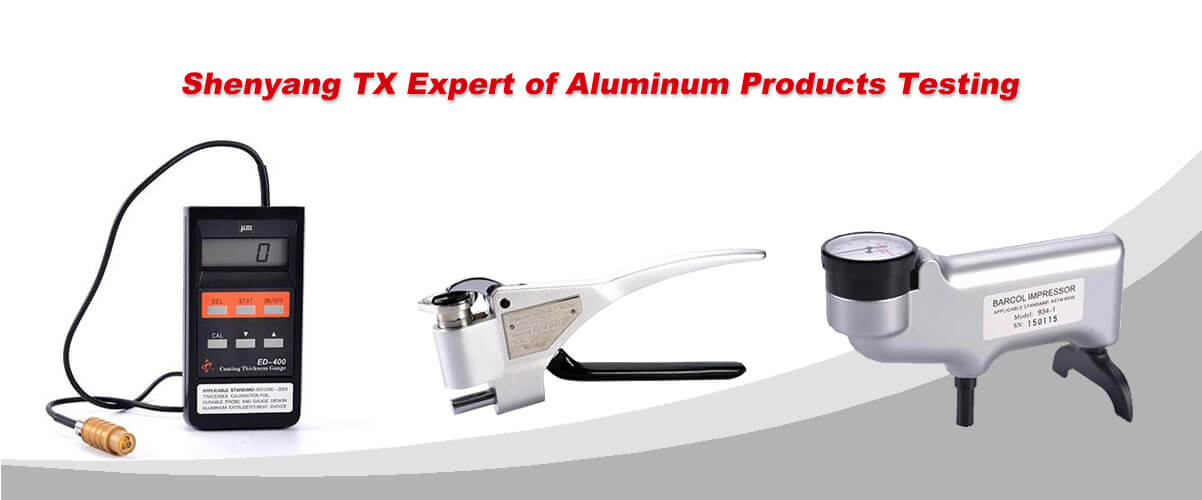Selection of Indenter, Test Force and Anvil for Rockwell Hardness Tester(1)
In order to test the metallic materials of different qualities, hardness and thickness, 3 different indenters and 3 different test forces are applied, resulting in 9 combinations corresponding to the 9 scales of Rockwell hardness. 2 kinds of indenters and 3 kinds of testing force are applied in the superficial Rockwell hardness testing, resulting in 6 combinations corresponding to 6 scales of superficial Rockwell hardness, refer to Appendix A. (The application of regular and C-shape hardness tester can be expanded to 15 scales of Rockwell hardness or 15 scales of superficial Rockwell hardness, which realizes the softer metals being tested).
For Brinell hardness testing, 2 indenters and 3 test forces with the outcome of 4 combinations correspond to relevant 4 testing conditions for Brinell hardness testing. Choose appropriate test conditions for different hardness ranges.
1. Indenters Selection for Rockwell / Superficial Rockwell Hardness
The indenters should be selected according to the hardness range of testing materials.
Select diamond indenters for tempered steel, quenched steel, surface hardening soft steel and hard alloys; ball indenters for soft metals; small ball indenters for harder metals; big ball indenters for softer metals and bigger ball indenters for even softer metals; refer to Appendix D.
When the hardness of test samples cannot be estimated, a diamond indenter should be used first to test HRC or HRN scale. When the hardness value is smaller than a certain relevant testing range, the ball indenter can be applied instead.
The following requirements should also be taken into account:
a.Do not use the ball indenter to test quenched steel and hard alloys.
b.Choose the suitable ball indenters based on the hardness of test pieces when testing soft metals so as to make the test results lie within the valid measuring range of relevant scales.
c.Prevent the indenter from damaging the anvil when testing thin materials.
d.The diamond indenter and the diamond spot anvil are forbidden to be used meanwhile.
2. Test Force Selection for Rockwell Hardness / Superficial Rockwell Hardness
The test force should be selected according to the thickness of the test piece.
Apply big test force to thick test pieces, small test force to thin test pieces and use superficial Rockwell hardness tester to test thinner test pieces. Refer to Appendix D and Appendix E.
Also, follow the principles below when choosing test forces:
a.When different test forces are applicable for a certain test piece, choose the biggest test force among them, because big test force can make deep indentations and the accuracy will be relatively higher.
b.When testing thin test pieces, no visible deformation trace should be observed on the back side of test pieces, otherwise, it means the test force is overloaded with measuring anvil effect. In this occasion, there would be a large measuring deviation, so the test force should be reduced.
c.When testing the hard alloy, only HRA scale is permitted to be applied. Do not use HRC scale to test hard alloys in the big test force. Otherwise, the diamond indenter will be damaged.







